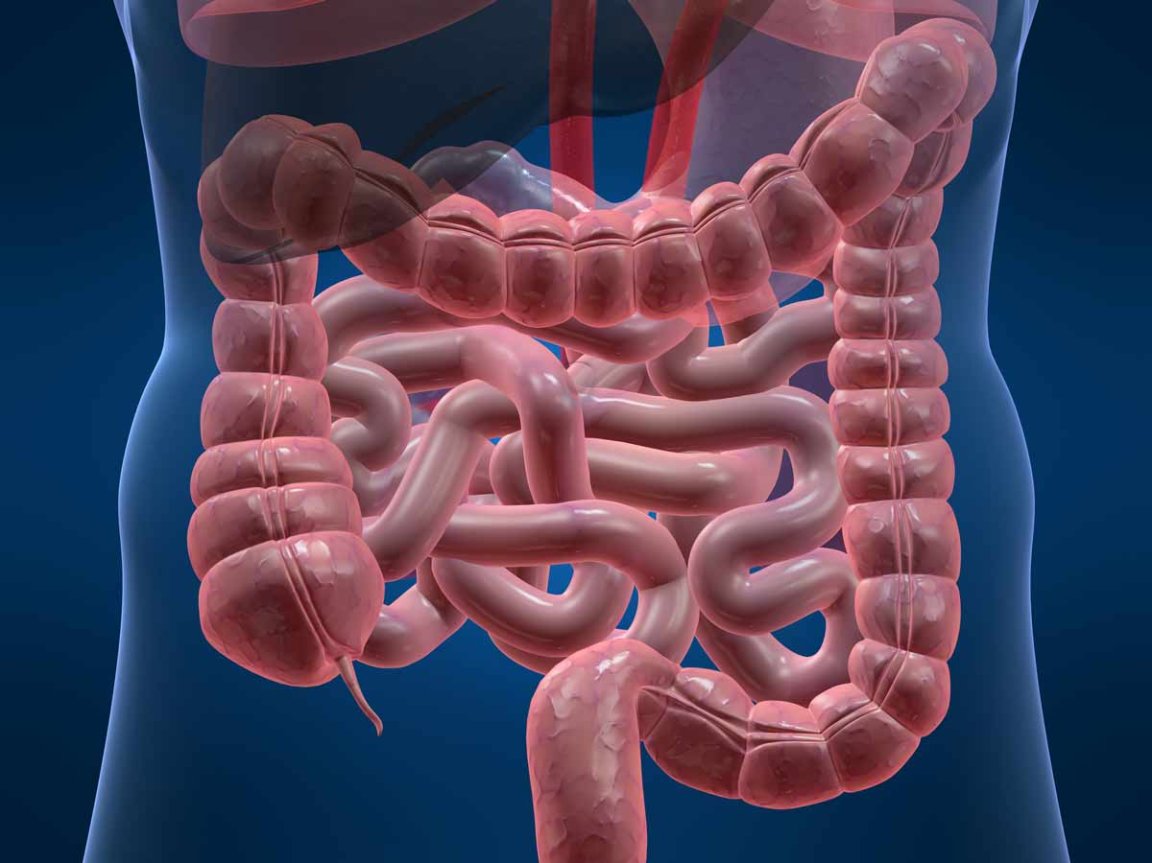
Lab-grown Guts
A pediatric surgeon and his team have successfully grown intestinal linings on gut-shaped scaffolds using stem cells from the small intestines of human infants and mice. The scaffolds used were made from a material similar to surgical sutures that can be formed into any intestinal size and shape, circumventing the past struggles of lab-grown gut linings which were grown on flat scaffolds or petri dishes. The new method produced scaffolds that are tube-shaped and similar to a real gut, with projections on the inner surface to help tissue grow into small intestine villi that function in nutrient absorption.
In one of the experiments, the researchers sewed intestines grown from mouse stem cells into tissue surrounding the mice’s abdominal organs. The lab-grown intestines developed their own blood supply and normal gut structures, although there was still no connection to the digestive track. In another experiment the researchers removed sections of colon lining from dogs and replaced them with the scaffolding. After some time, the gut lining regrew onto the scaffold and functioned normally to absorb water from the colon. Within weeks, the scaffolding dissolved and was replaced with normal connective tissue. The dogs recovered completely.
The Applications
Part of the job of David Hackman, the pediatric surgeon involved in the research, is treating sick babies with dead intestines. His work may pave the way for a treatment for bowel disorders, like necrotizing enterocolitis and Crohn’s disease. He and his team still have a journey ahead of them though, as they still have to test lab-grown small intestines in live animals to see if they can absorb food. Moreover, the collagen product that helps the stem cells stick to the scaffold is not meant for use in people. In the next experiment the researchers plan to use a surgical-grade alternative.